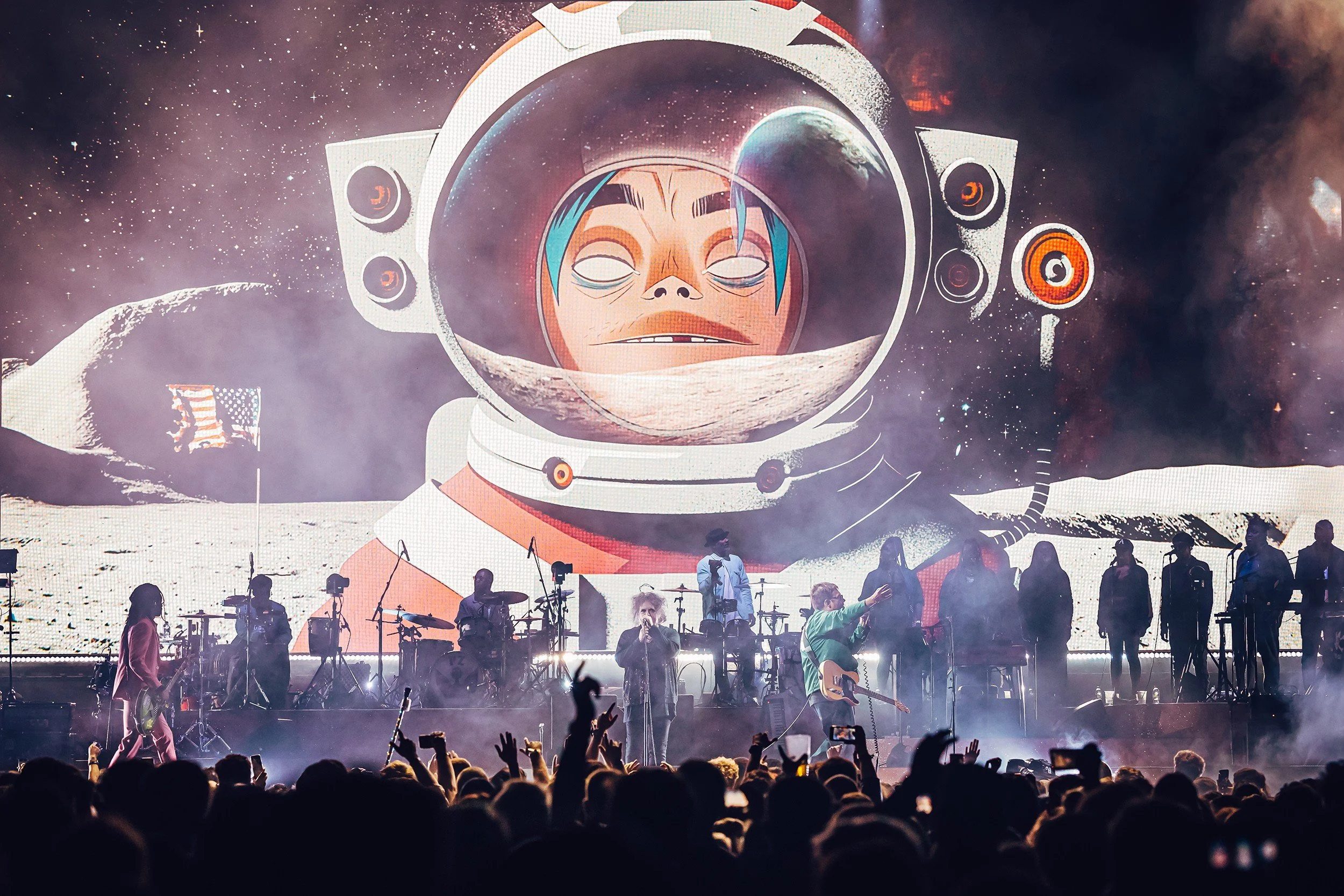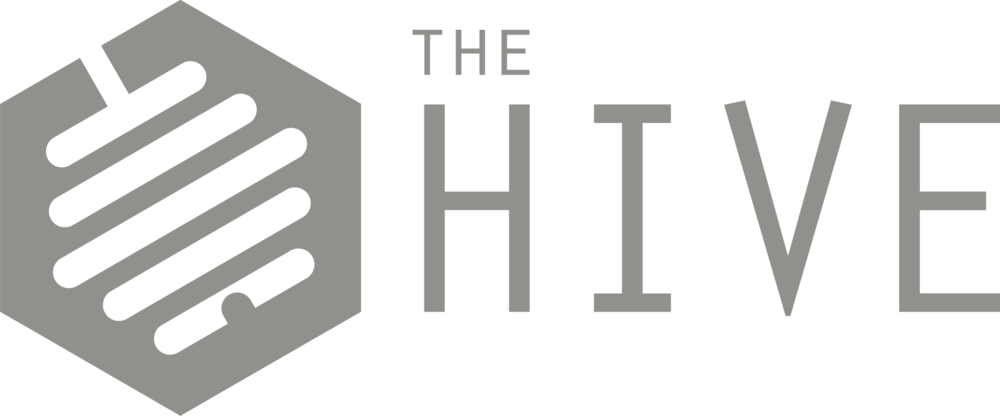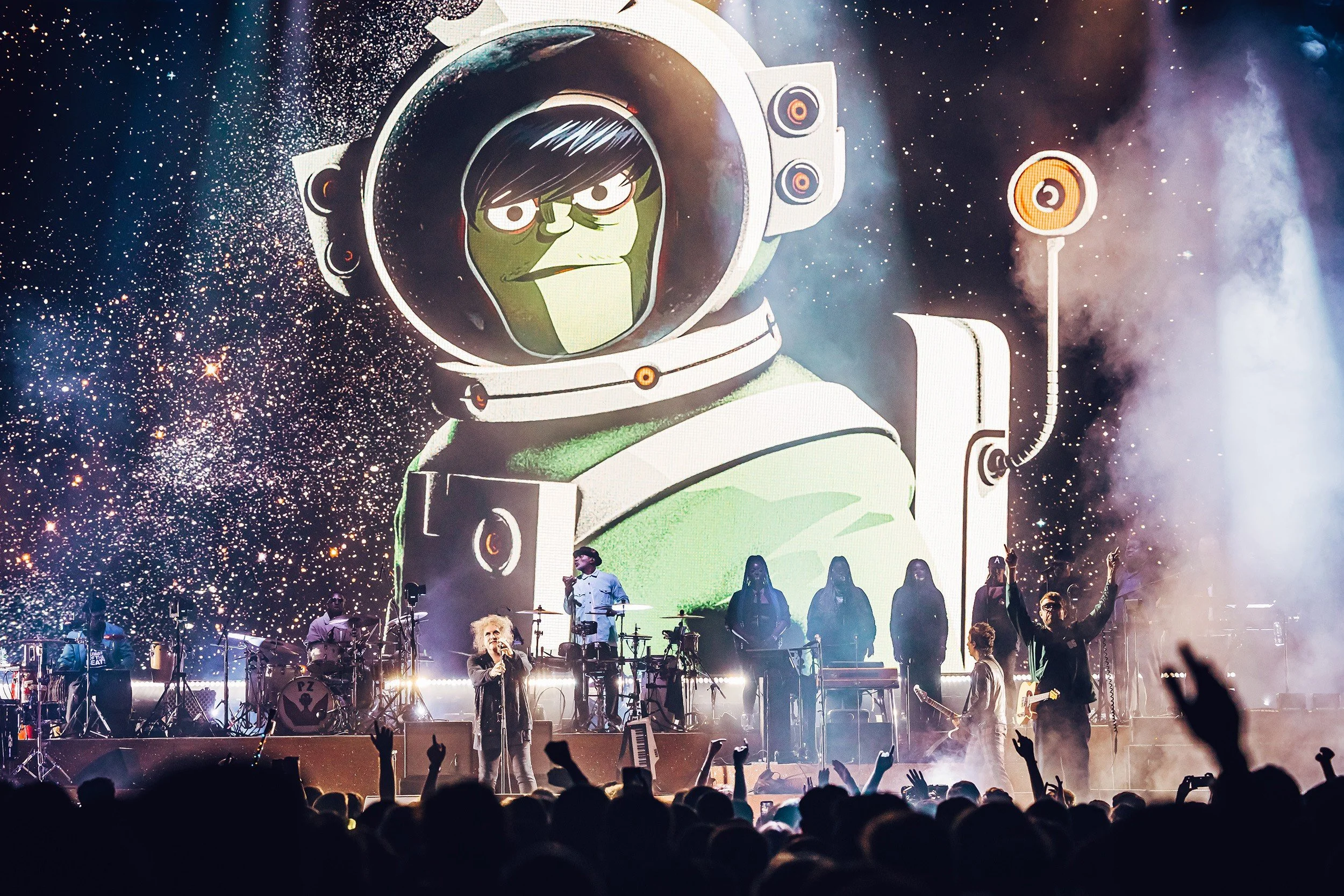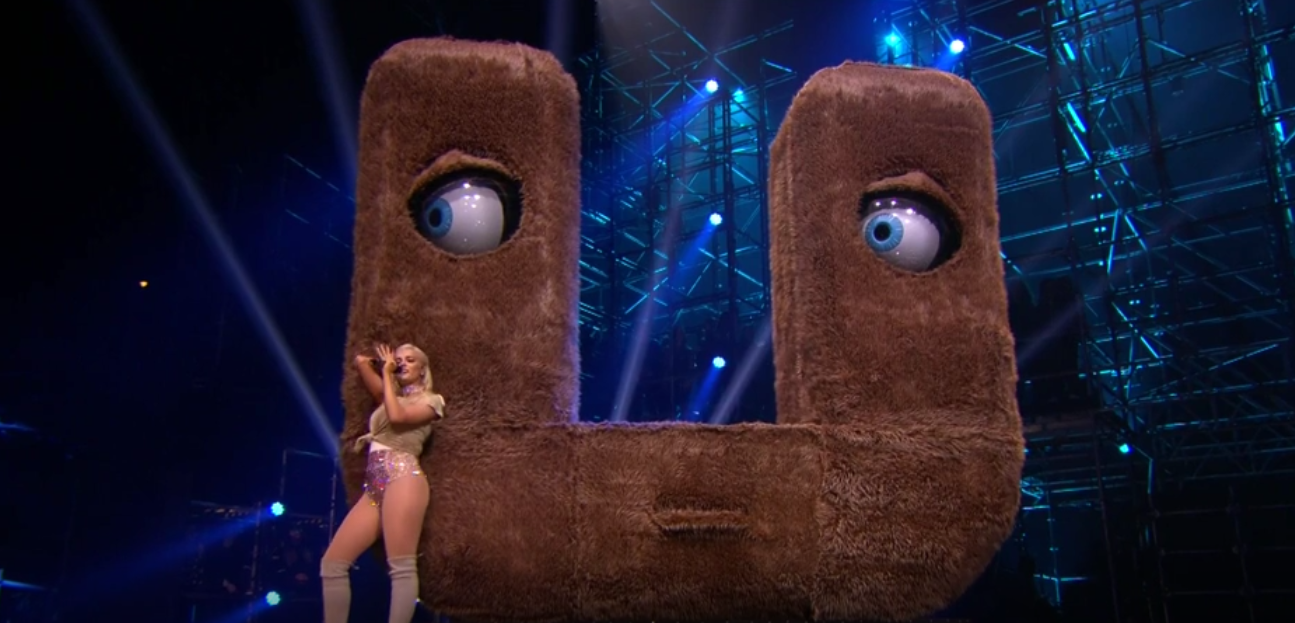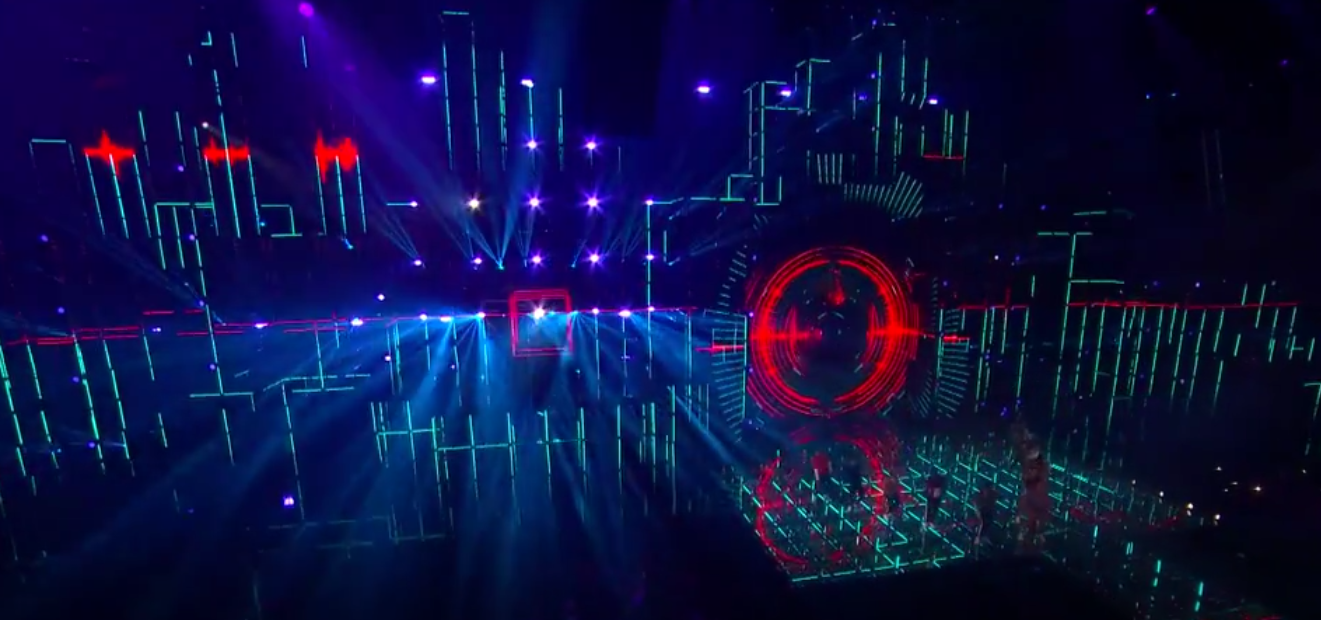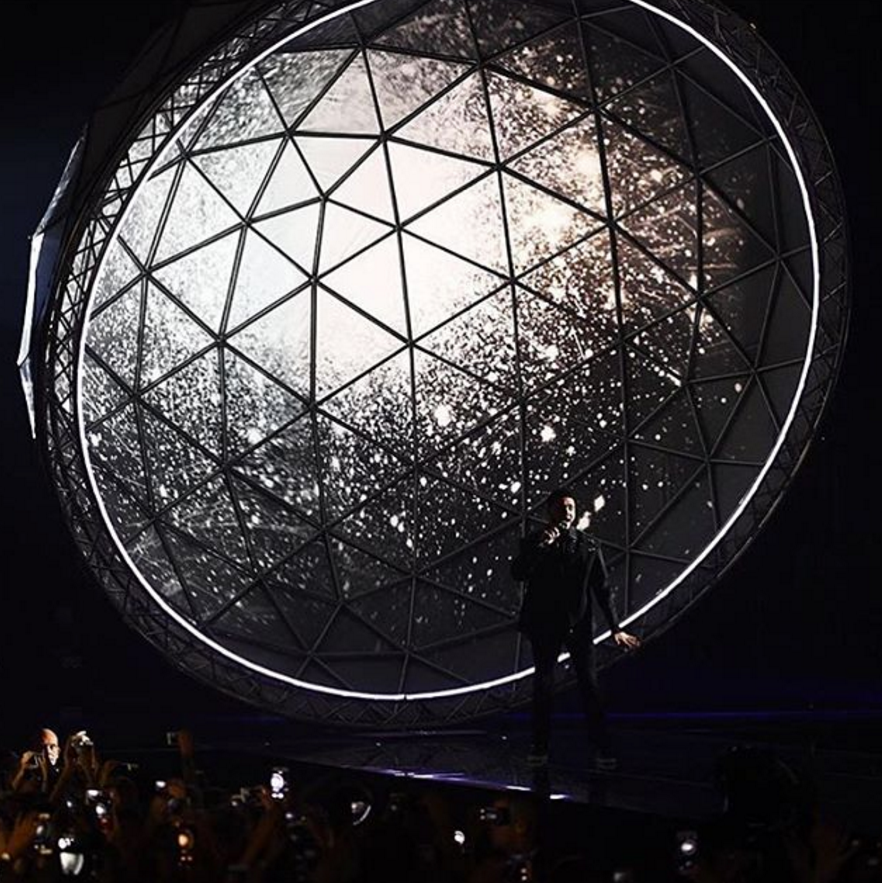As one of the biggest music stars in the world today, Beyonce needs little introduction, and it goes without saying that her live shows have a reputation as nothing short of spectacular. Timed to premiere just after the release of Lemonade, the performer’s most controversial, personal and innovative album to date, Formation was going to be Beyonce’s biggest tour yet. The all-stadium tour kicked off at Miami’s 37,000 capacity venue, Marlins Park – completely sold out, naturally – on April 27, and will be touring the world until October. Nearly one million tickets were sold in the first 48 hours of them being released.
Whilst the star of the show is obviously Beyonce, throughout the tour a second star is emerging and being hailed as a ‘game changer’ in the stadium touring scene – known as The Monolith, this 60 ft custom made structure with four LED video screen walls was the stage centrepiece, and something of a developing legend. Designed by Es Devlin, with technical video design from Stefaan “Smasher” Desmedt, it rotates at key moments in the show and opens up. Rich from The Hive worked as lead programmer for three weeks to build the show during rehearsals, and successfully making the first shows and the premiere in Miami a smooth operation for Queen Bey.
The show is programmed on d3, and uses two 4x4pro servers (main and backup), with 3 Quad DVI cards in each. The majority of the show is trigged using SMPTE being fed from the audio team. Whilst The Hive worked on the premiere, we had to ensure video programming moved quickly in order to keep up with changes, as the show developed musically and the choreography was honed. With such a huge video screen dwarfing the performers (including Beyonce herself!), bringing live camera to The Monolith was a big part of the concept, assuring all ticket buyers in the arena got their money’s worth with a great view of the show.
During this time, Dan Bond was brought in as assistant programmer, and Luke Halls as video lead, managing the content creation pipeline and liaising with the camera directors. To achieve flawless live video, we combined a few things; using Notch blocks designed to manipulate camera images live, deploying a traditional PPU system to manage the large camera shoot for the show, and a small number of ISO's, which fed into d3 and sequenced on the timeline. This allowed us to perfectly time choreographed shots to the beat, bringing in an aesthetic usually reserved for music videos, enhancing the slick performance on stage.
It was a real pleasure, and a great challenge, for The Hive to work on Formation, and be part of something new, daring and innovative.
The Hive also had the invaluable support of: Tim Routledge, PRG, d3, and Notch


